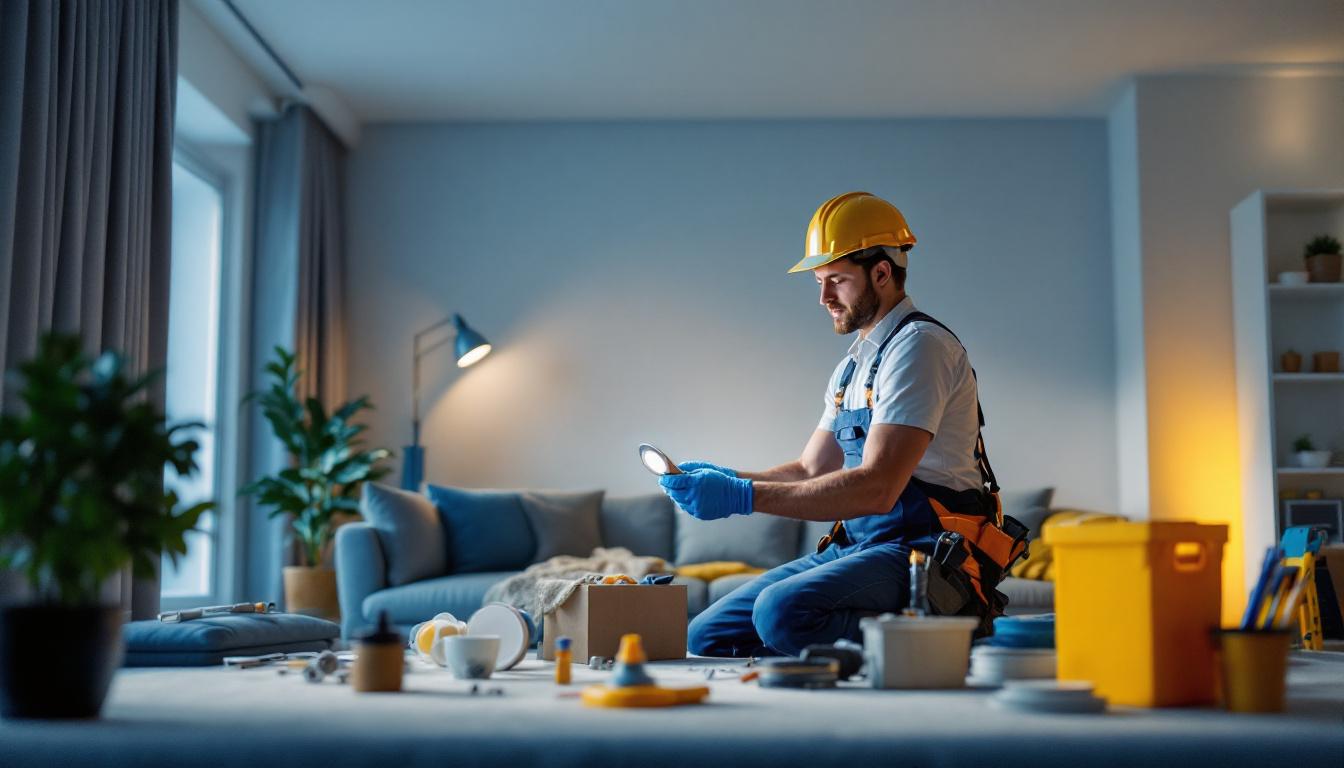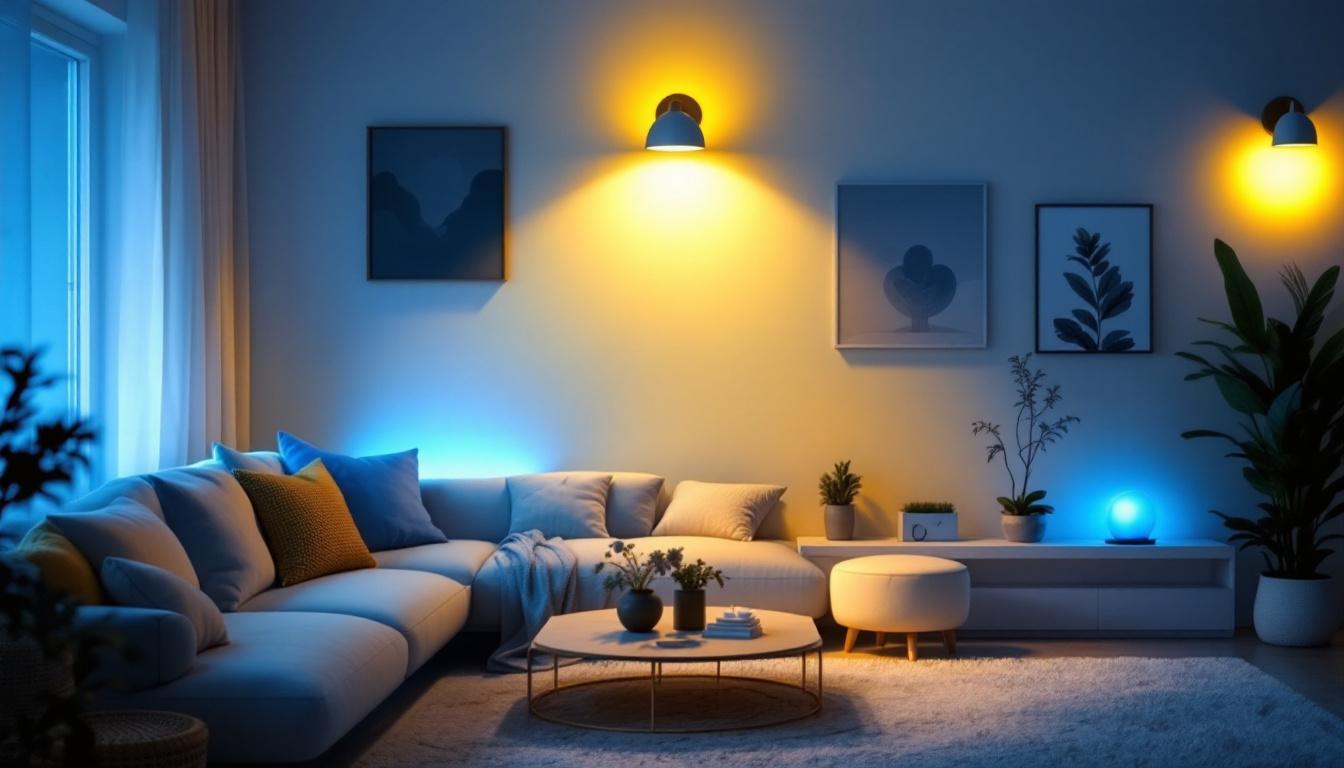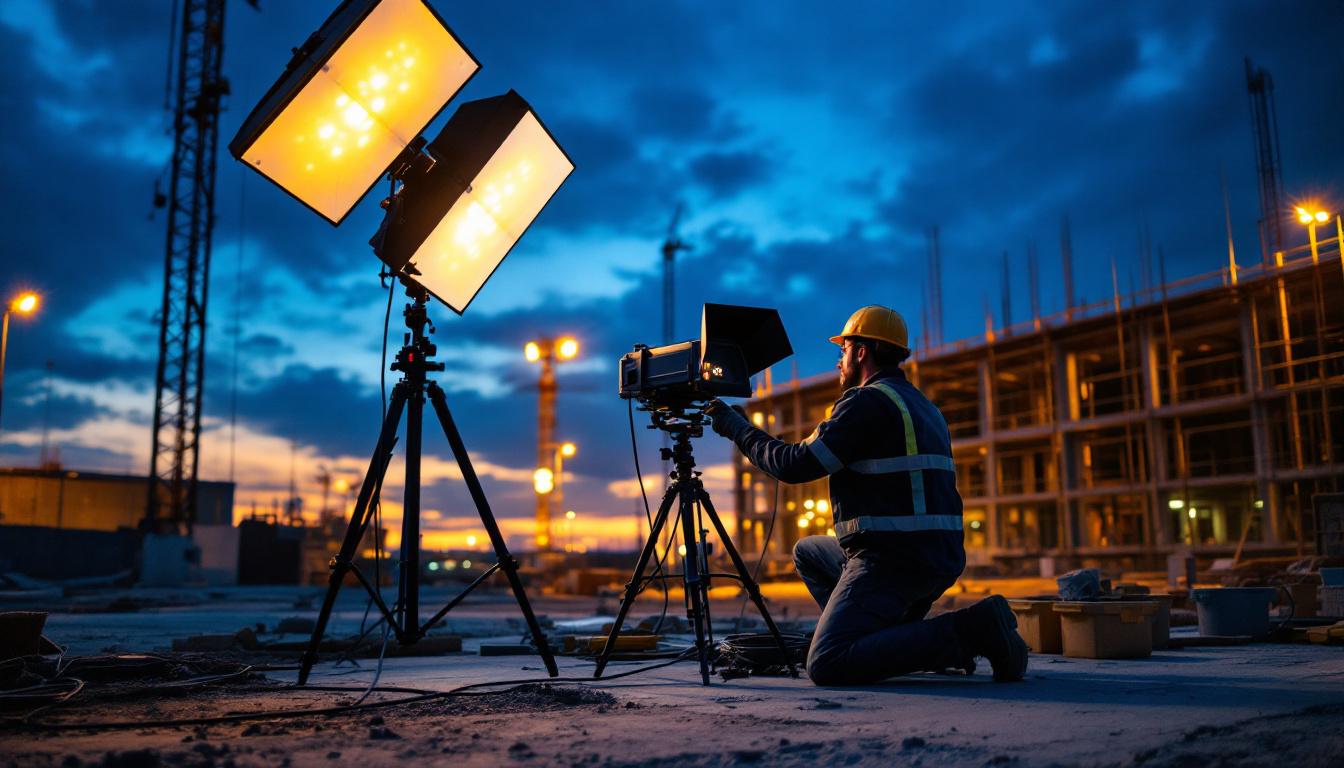
As the demand for energy-efficient lighting solutions continues to grow, LED down lights have become increasingly popular among homeowners and businesses alike. However, for lighting contractors, the installation and maintenance of these fixtures come with their own set of challenges. Understanding these hurdles is essential for contractors looking to stay competitive in the market. This article delves into the top challenges faced by lighting contractors when working with LED down lights.
One of the primary challenges for lighting contractors is the need to fully understand LED technology. Unlike traditional incandescent or fluorescent lights, LEDs operate differently, requiring a deeper knowledge of their components and functionalities.
LED down lights come with a variety of specifications, including color temperature, lumens, and wattage. Each of these factors plays a crucial role in the overall performance of the lighting. Contractors must be well-versed in these specifications to ensure they select the right products for their clients’ needs.
Moreover, the rapid advancement in LED technology means that specifications can change frequently. Staying updated with the latest developments is essential for contractors to provide the best solutions to their clients. For instance, understanding the difference between warm white and cool white light can significantly influence the ambiance of a space. Warm white (typically around 2700K) creates a cozy, inviting atmosphere, making it ideal for residential settings, while cool white (around 4000K) offers a more energetic feel, suitable for commercial environments.
Another significant challenge is ensuring compatibility with existing electrical systems. Many older buildings may not be equipped to handle the lower wattage or specific drivers required for LED down lights. Contractors must assess the electrical infrastructure before installation, which can add time and complexity to the project.
Additionally, dimming capabilities can vary significantly between different LED products. Ensuring that the chosen down lights are compatible with the existing dimmer switches or control systems is crucial to avoid customer dissatisfaction. The technology behind dimming LEDs is not as straightforward as with traditional bulbs; for example, some LEDs may flicker or buzz when used with incompatible dimmers. Therefore, contractors often need to recommend specific dimmers designed for LED use, which can also impact project budgets and timelines. Understanding these nuances helps contractors avoid pitfalls and ensures a smoother installation process.
The installation process for LED down lights can present various challenges that contractors must navigate. Proper installation is vital to maximize the performance and longevity of the fixtures.
Many installations occur in spaces with limited access, making it difficult to install down lights correctly. Whether it’s a residential ceiling or a commercial space with intricate architecture, navigating tight spaces can be a significant hurdle. Contractors often need to employ specialized tools or techniques to ensure a seamless installation.
Furthermore, the placement of down lights is crucial for achieving the desired lighting effect. Contractors must consider factors such as ceiling height, room size, and the intended use of the space, which can complicate the installation process. For instance, in a home theater, down lights should be strategically placed to minimize glare on screens while providing adequate illumination for the surrounding area. This requires careful planning and sometimes even mock-ups to visualize the final outcome before installation begins.
LEDs are known for their energy efficiency, but they still produce heat that must be managed properly. Inadequate heat dissipation can lead to reduced lifespan and performance issues. Contractors must ensure that the fixtures are installed in a manner that allows for proper airflow and cooling.
This may involve selecting fixtures with built-in heat sinks or ensuring that there is enough space around the light for heat to escape. Failure to address heat management can result in costly callbacks and repairs. Additionally, in commercial settings, where down lights may be on for extended periods, the need for effective heat management becomes even more critical. Contractors often find themselves balancing the aesthetic appeal of the fixtures with the functional requirements of heat dissipation, which can lead to innovative design solutions that enhance both form and function.
Moreover, the integration of smart technology in LED down lights adds another layer of complexity to the installation process. Many modern fixtures come equipped with features such as dimming capabilities and color temperature adjustments, which require careful wiring and programming. Contractors must be well-versed in these technologies to ensure that the installation not only meets the client’s expectations but also adheres to safety standards and regulations.
Another challenge lighting contractors face is managing client expectations and educating them about LED technology. Many clients may have misconceptions about LEDs, leading to unrealistic expectations regarding performance and aesthetics.
Clients often expect LED down lights to provide the same warm glow as traditional incandescent bulbs. However, the color temperature and brightness of LEDs can vary significantly. Contractors must take the time to explain these differences and help clients choose the right products that meet their aesthetic preferences.
Additionally, clients may not fully understand the long-term benefits of LED lighting, such as energy savings and reduced maintenance costs. Educating clients on these advantages can help them appreciate the value of their investment.
Some clients may have concerns about the initial cost of LED down lights compared to traditional options. Contractors should be prepared to discuss the return on investment (ROI) associated with energy-efficient lighting and how it can lead to significant savings over time.
Providing case studies or examples of previous projects can help illustrate the benefits and alleviate concerns. By addressing these issues upfront, contractors can build trust and establish a positive working relationship with their clients.
Lighting contractors must also navigate a complex landscape of regulations and standards when working with LED down lights. Compliance with local codes and industry standards is essential to ensure safety and quality.
Each region may have specific codes regarding electrical installations, energy efficiency, and lighting design. Contractors must be familiar with these regulations to avoid potential fines or project delays. This requires ongoing education and awareness of changes in local laws and standards.
Additionally, some municipalities may offer incentives or rebates for energy-efficient lighting installations. Contractors should stay informed about these programs to provide clients with the best financial options available.
Not all LED products are created equal. Ensuring that the down lights used in installations meet quality standards is crucial for long-term performance. Contractors should seek out reputable manufacturers and verify that products comply with industry certifications.
By prioritizing quality assurance, contractors can reduce the likelihood of product failures and enhance customer satisfaction. This commitment to quality can also set a contractor apart in a competitive market.
Once the installation is complete, the relationship between the contractor and the client does not end. Maintenance and ongoing support are vital aspects of the contractor’s role, especially with LED down lights.
While LEDs are known for their longevity, they are not entirely maintenance-free. Contractors should provide clients with guidance on how to care for their down lights, including cleaning and troubleshooting common issues.
Establishing a maintenance plan can help clients maximize the lifespan of their fixtures and ensure optimal performance. Offering maintenance services can also create additional revenue streams for contractors.
LED down lights typically come with warranties, but navigating warranty claims can be challenging. Contractors should familiarize themselves with the warranty terms and conditions of the products they install. This knowledge is essential for addressing any issues that may arise after installation.
Being proactive in handling warranty claims can enhance customer satisfaction and reinforce the contractor’s reputation for quality service. Clear communication with clients regarding warranty coverage can help manage expectations and build trust.
In a rapidly evolving industry, lighting contractors must continuously adapt to stay competitive. This includes embracing new technologies and trends in LED lighting.
Investing in ongoing education and training is crucial for contractors looking to enhance their skills and knowledge. Attending workshops, webinars, and industry conferences can provide valuable insights into the latest advancements in LED technology and installation techniques.
Additionally, obtaining certifications in energy-efficient lighting can help contractors stand out in a crowded market. Clients are more likely to choose contractors who demonstrate expertise and commitment to quality.
Technology plays a significant role in the lighting industry, from design software to smart lighting solutions. Contractors should explore tools that can streamline their processes and improve efficiency.
Embracing smart lighting technology can also provide contractors with new opportunities for projects. As more clients seek integrated lighting solutions, being knowledgeable about these systems can give contractors a competitive edge.
Working with LED down lights presents a unique set of challenges for lighting contractors. From understanding the technology to managing client expectations and navigating regulatory compliance, contractors must be equipped to handle these hurdles effectively. By prioritizing education, quality assurance, and ongoing support, contractors can not only overcome these challenges but also position themselves as leaders in the industry.
As the demand for energy-efficient lighting solutions continues to rise, contractors who adapt to these challenges will find themselves well-prepared to meet the needs of their clients and thrive in a competitive market. Embracing innovation and maintaining a commitment to quality will ensure long-term success in the world of LED down lights.
Ready to tackle the challenges of LED down lights and elevate your lighting projects? At LumenWholesale, we support your commitment to excellence by providing top-quality, spec-grade lighting products at unbeatable wholesale prices. Say goodbye to middleman markups and hello to a vast selection of industry-standard lighting that ensures reliability and high performance. Plus, with free shipping on bulk orders, you can trust that you’re getting premium lighting at the best value — without any hidden fees. Make your next project a shining success with the perfect blend of quality, affordability, and convenience at LumenWholesale.

Discover how magnetic strip lights are revolutionizing energy efficiency in homes and businesses.

Discover how lighting contractors can gain a competitive edge with strategic night flag lighting.

Discover essential tips and insights for lighting contractors on mastering the use of portable field lights.

Discover the innovative world of wireless lighting solutions that can transform your business.